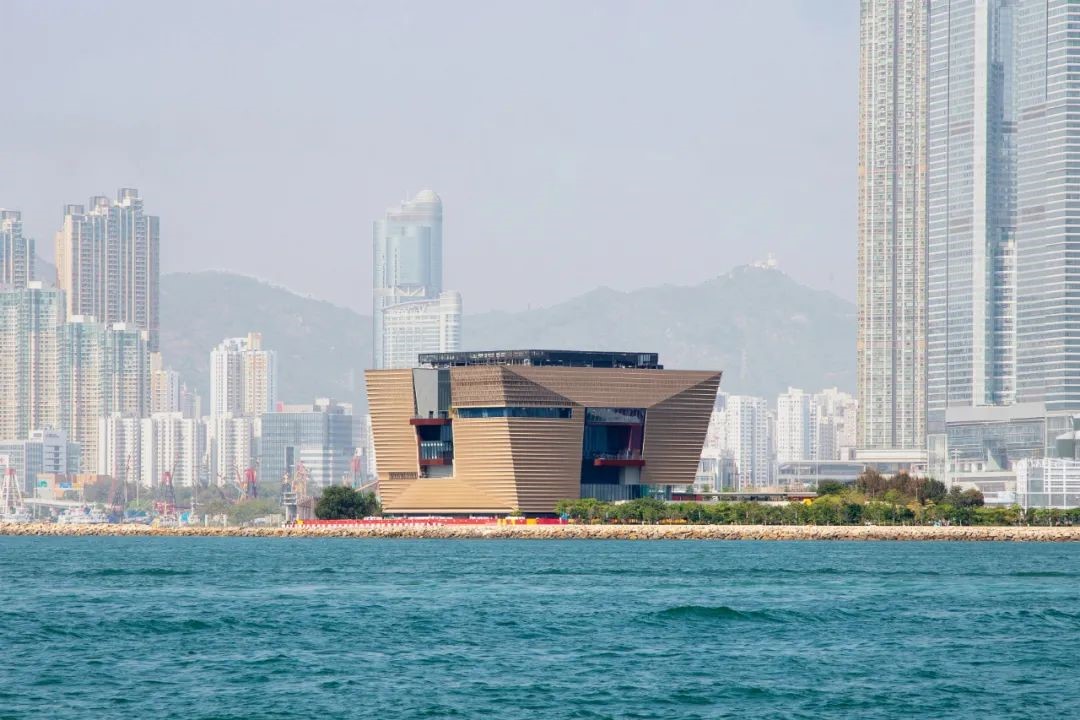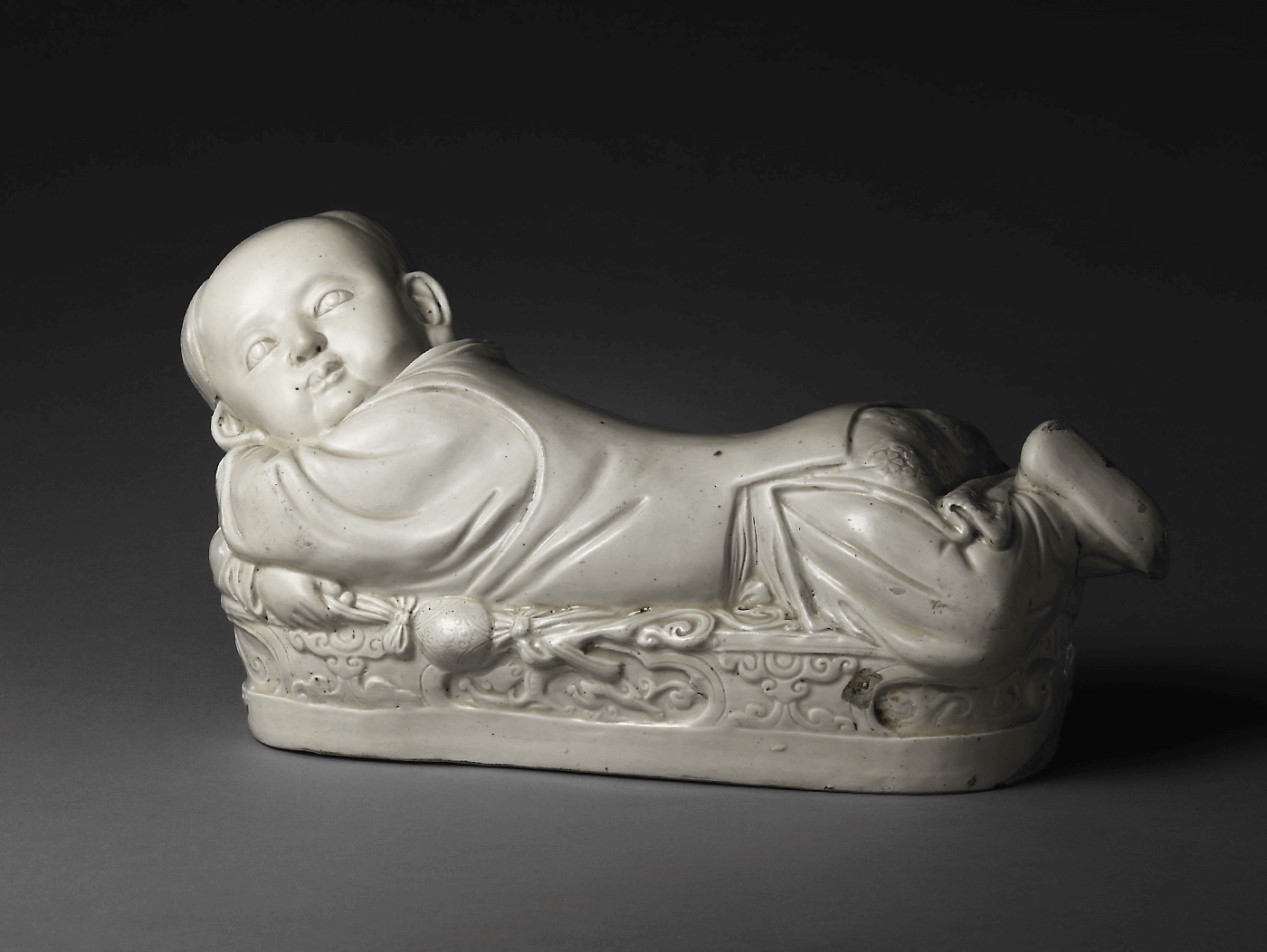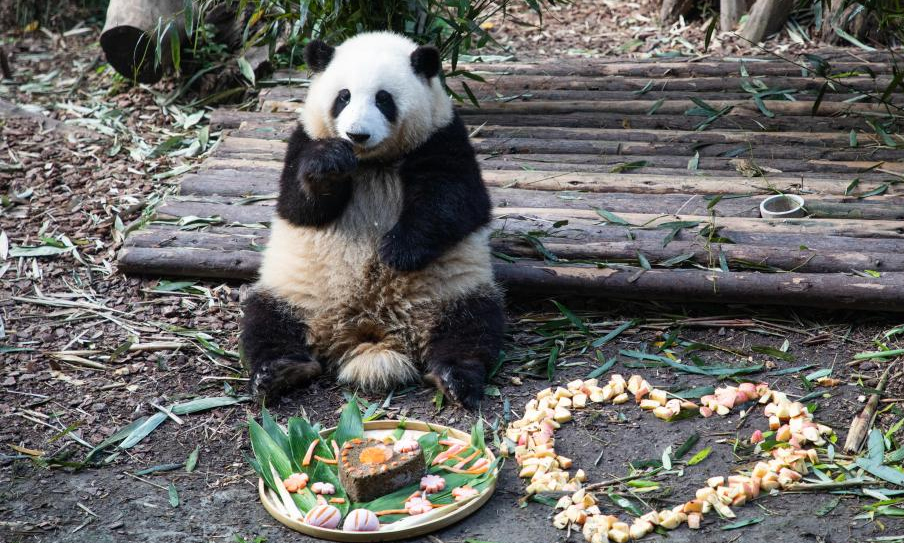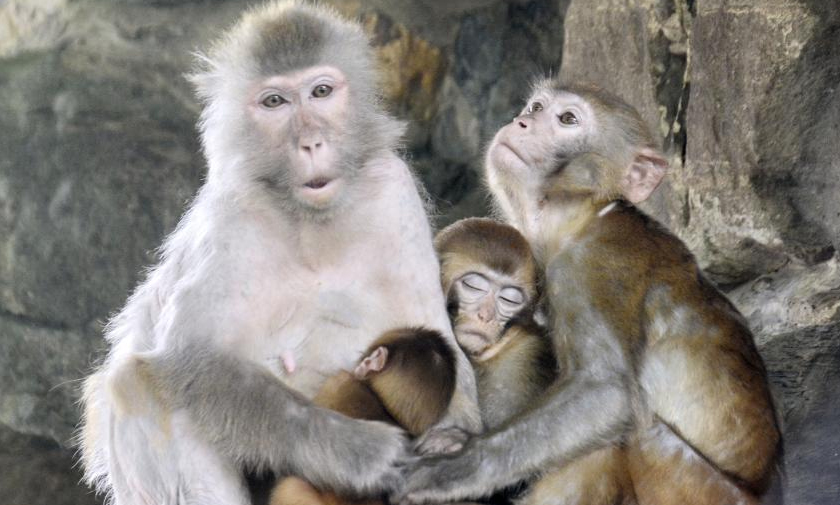Hong Kong Palace Museum opens to public
The Hong Kong Palace Museum (HKPM) opened to the public on July 3 to mark the 25th anniversary of Hong Kong's return to the motherland.
The museum was welcomed by Hong Kong citizens with high expectations. More than 40,000 tickets were reserved within eight hours on the first day of the public sale.

Photo shows the Hong Kong Palace Museum. (Photo from the official page of the Palace Museum on social media Weibo)
"When I was a child, I very much wanted to see the grand palaces in Beijing," said Muk Ka-chun, a teacher from Pui Kiu Middle School. Eager to see the cultural relics collected by the Palace Museum, he said he would take his students to the museum as soon as possible.
The HKPM is the first collaborative project launched by the Palace Museum outside the Chinese mainland. It was an outcome of the cooperation between the Palace Museum and the West Kowloon Cultural District Authority (WKCDA).
Outlined in China's 14th Five-Year Plan (2021-2025), the HKPM represents a creative combination between traditional Chinese culture represented by the Palace Museum, and Hong Kong's modernity and internationalization. It is a milestone of mainland-Hong Kong cultural cooperation that will further promote exchanges, enhance mutual learning and tighten the people-to-people bond.
The sophisticated and elegant golden structure in the shape of an ancient square tripod, which sits by the sea in Tsim Sha Tsui, is expected to become a new cultural landmark with world-class influence.
The seven-storey museum occupies some 13,000 square meters and houses nine galleries. Its design was inspired by the collections and architectural styles seen in Beijing's Palace Museum, illustrating its cultural features in a way that combines Chinese and Western culture with both the ancient and the modern.
The construction has won 19 awards for its outstanding performance in engineering, safety, and environmental protection, demonstrating a high level of China's construction competence.

Photo shows a painting collected by the Palace Museum. (Photo from the official website of the Hong Kong Palace Museum)
On July 2, a total of 914 cultural relics from the collection of the Palace Museum in Beijing were displayed at seven galleries of the HKPM. Most of them were exhibited in the special administrative region for the first time and 166 were first-class cultural relics recognized as national treasures. It was the largest and highest-level cultural relic exhibition of the Palace Museum outside of the mainland since its establishment in 1925.
Respectively presented in seven galleries, thematic exhibitions cover paintings and calligraphy works from Jin (265-420), Tang (618-907), Song (960-1279) and Yuan (1271-1368) Dynasties, collections of the Forbidden City, emperor and empress portraits of Qing Dynasty (1644-1911) and traditional crafts. Besides, 13 precious art objects from the Louvre in Paris were also exhibited in Gallery 9 themed horse culture, in order to highlight the mutual learning between China and other civilizations.
At a thematic exhibition on ceramics staged in Gallery 3, 160 highlights from the 360,000 ceramic works collected by the Palace Museum were displayed. It was the first time the Beijing museum has displayed such a sizable exhibition of its ceramic collections in Hong Kong.
The exhibits were fabricated from the Longshan culture (about 3000 to 1900 BC), a late Neolithic civilization to the reign of Emperor Guangxu (1875-1908) in the Qing Dynasty, including the five famous porcelains during the Song Dynasty, as well as ceramics in the imperial kiln of Jingdezhen, east China's Jiangxi province in the Ming (1368-1644) and Qing Dynasties.
A masterpiece of the Qiantang River tidal bore drawn by artist Li Song in the Southern Song dynasty (1127-1279) is expected to be exhibited at the HKPM soon. The painting was collected by the Palace Museum with help from Hong Kong in the 1950s. Hong Kong has made remarkable contributions to the protection of Chinese cultural relics lost overseas, and many paintings and calligraphy works that are considered national treasures were returned to the motherland thanks to the efforts of Hong Kong patriots.

Photo shows a ceramic work collected by the Palace Museum. (Photo from the official website of the Hong Kong Palace Museum)
Li Qun, Vice Minister of Culture and Tourism and head of the National Cultural Heritage Administration, told People's Daily that the HKPM enables Hong Kong citizens to enjoy the beauty of cultural relics and experience the profound Chinese culture from a close distance, and will enhance the cultural confidence of the Hong Kong society.
"This is a gift from the motherland to Hong Kong," said Louis Ng Chi-wa, director of the HKPM. The museum both showcases traditional Chinese culture and enhances the sense of recognition of Hong Kong citizens, especially the younger generation, he noted.
The museum is a window for spreading Chinese culture overseas, and will help Hong Kong build itself into a center for cultural and art exchanges and contribute to Chinese-foreign cultural communication, he said.
Photos
Related Stories
Copyright © 2022 People's Daily Online. All Rights Reserved.









